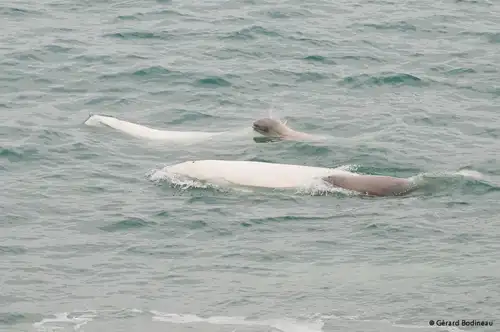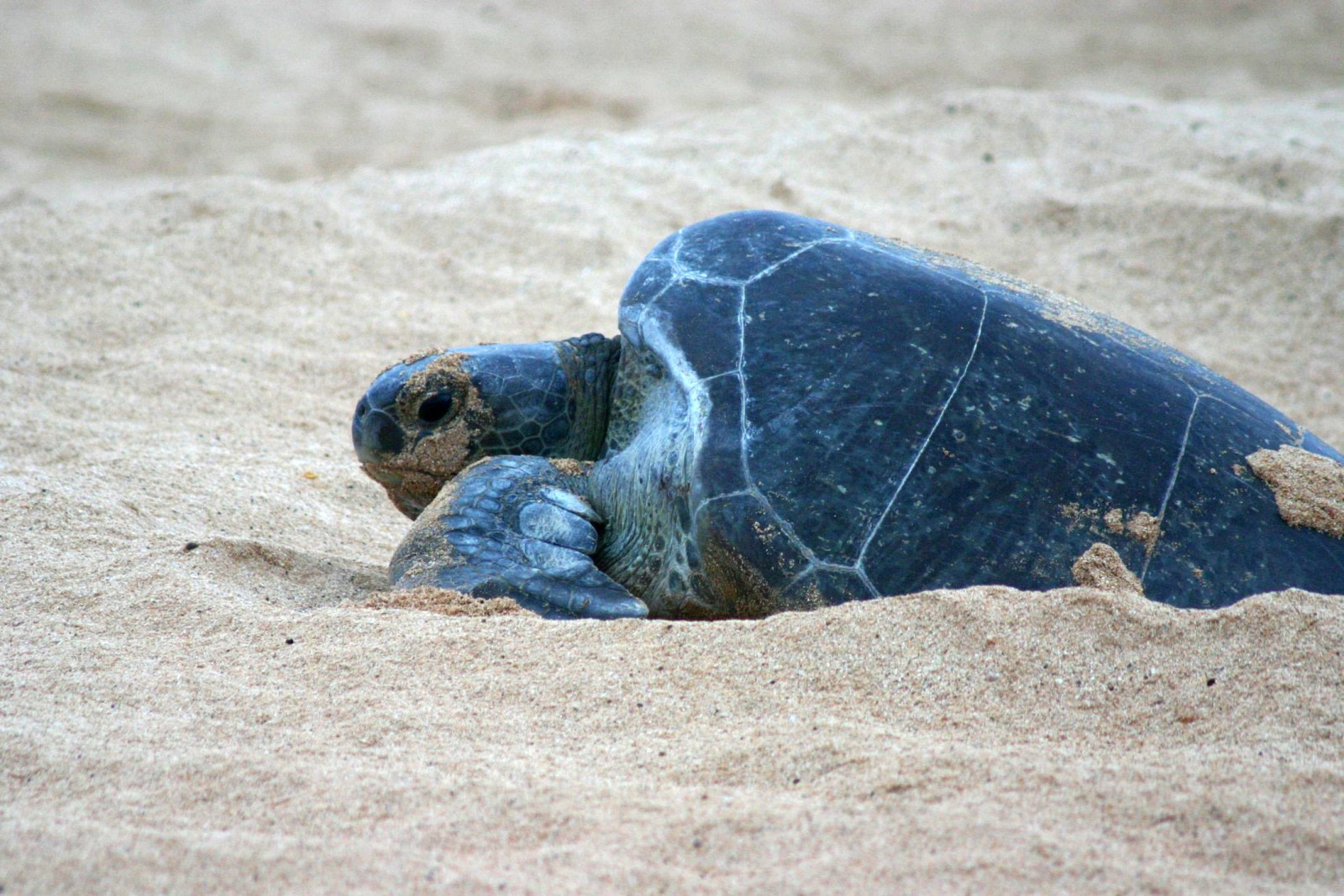Gold beaches, green mountains - and greener turtles.
For wildlife lovers, Ascension Island is indispensable. A remote volcanic island in the South Atlantic, some 1,600 km (1,000 miles) from the nearest landmass (Africa), it is home to one of the world's largest populations of rare green sea turtles.
And since this endangered species can now only be found in a few key locations, this makes the Ascension Island turtle population especially precious.
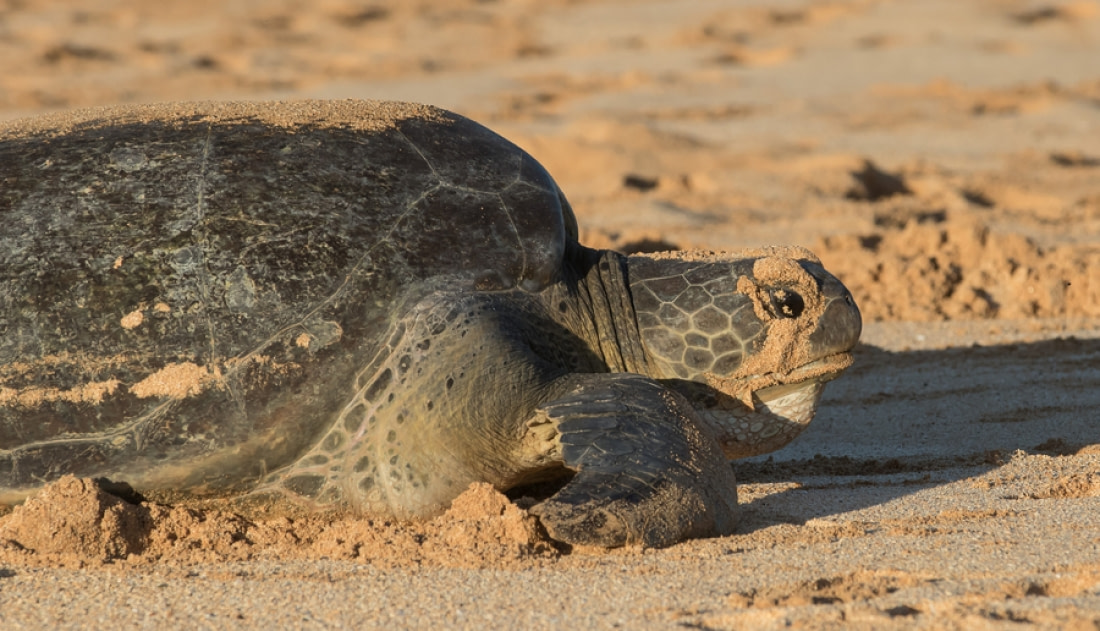
Ascension Island turtles: a world-famous phenomenon
Wildlife lovers are united by a common Ascension Island aspiration: See its world-famous green sea turtles.
Due to its remoteness, Ascension Island makes for an undisturbed breeding ground for green sea turtles. In fact, the UK-managed Ascension Island is the second most populated green turtle breeding ground in the Atlantic Ocean.
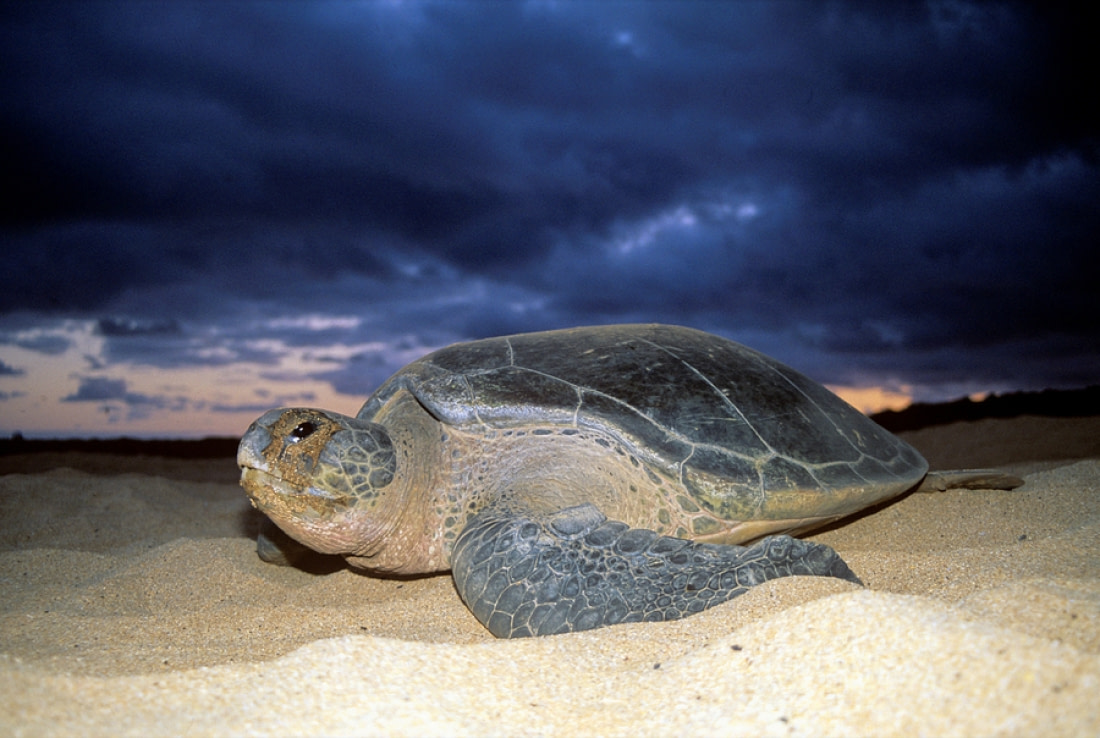
Studying the green turtles of Ascension Island
In 1977 researchers began tracking the green sea turtle population on Ascension Island's Long Beach during breeding season.
At that time, there were an estimated 1,000 nests. By 2012, this number had exploded to 10,000. Tracking the mating habits of green turtles also revealed an interesting and previously unknown fact.
Namely, each of the female green sea turtles nests an average of six times per year, twice as much as early research indicated. Who says turtles can't be romantic?
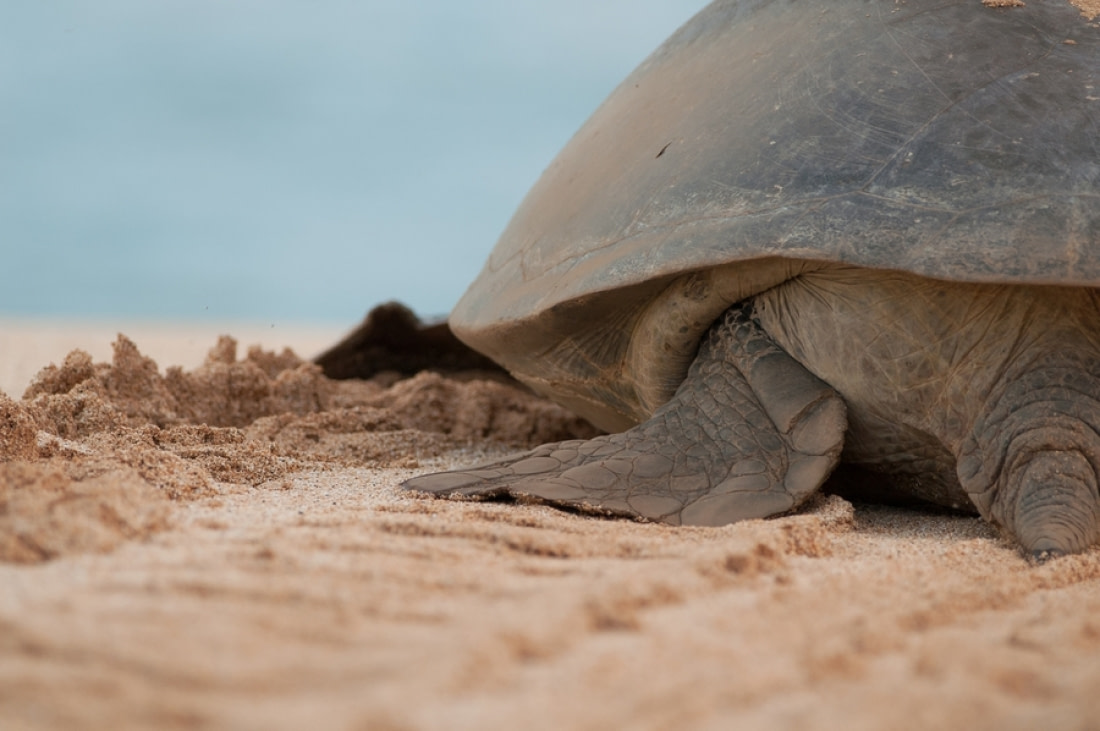
The prolific breeding ability of green sea turtles
A female green turtle can lay as many as 150 eggs during each of her six nesting periods. This means a single female can be responsible for up to 900 green sea turtle babies, as long as they all hatch and survive to adulthood.
We hope she's interviewing babysitters.
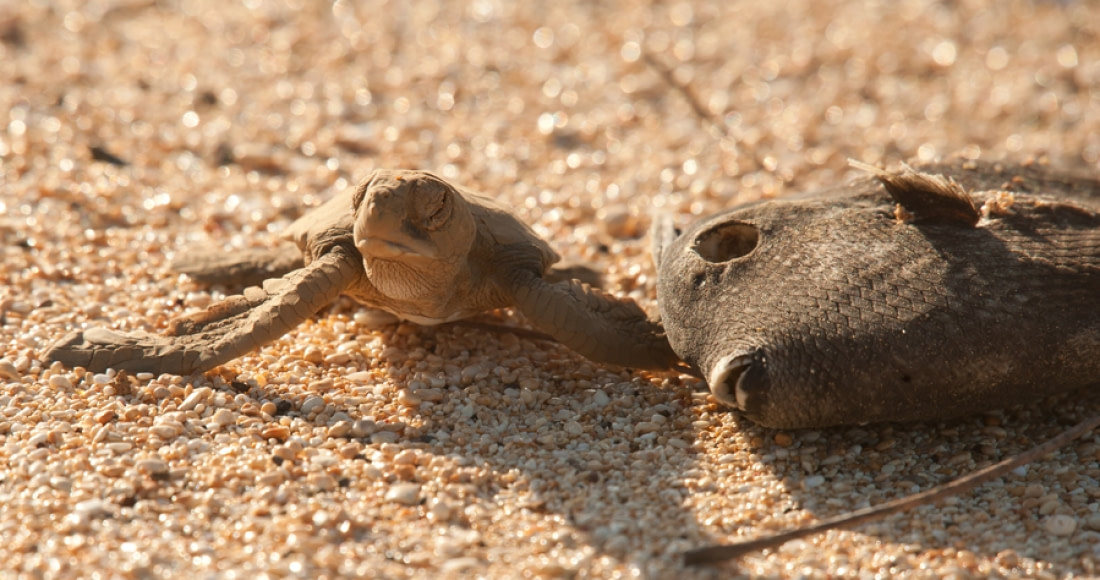
Seeing green turtles on your Ascension Island visit
While we have to keep a respectful distance, stay quiet, and refrain from using flash photography so as not to disturb green sea turtles, we are able to take our groups to one Ascension Island location for viewing these magnificent marine animals.
For most travelers, the ability to get this close to green sea turtles is a wondrous event.
Ascension Island turtles migrate from Brazil every mating season so they can lay their eggs in peace, and few areas offer as much peace as far-flung Ascension Island.
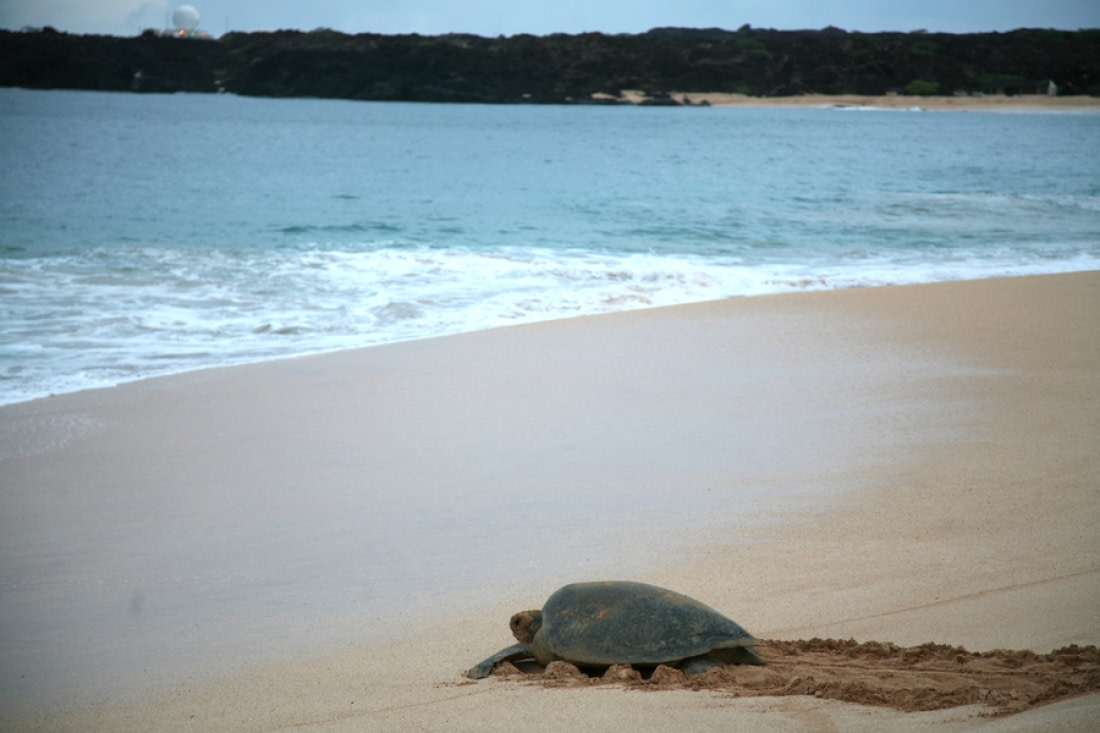
How Ascension Island turtles nest
The green sea turtle female is a real trooper.
After crossing 2,400 km (1,490 miles) of ocean from Brazil to Ascension Island, she finds a spot on the beach to build her nest. These nests are always created out of sand, which the green sea turtle female digs into with her flippers to make a hole for her eggs.
After the eggs are laid, she covers them with sand and returns to the ocean.
It will take about two months for her eggs to hatch, so it's not necessary for the female green turtle to stick around. After all, she's earned a little "me time."
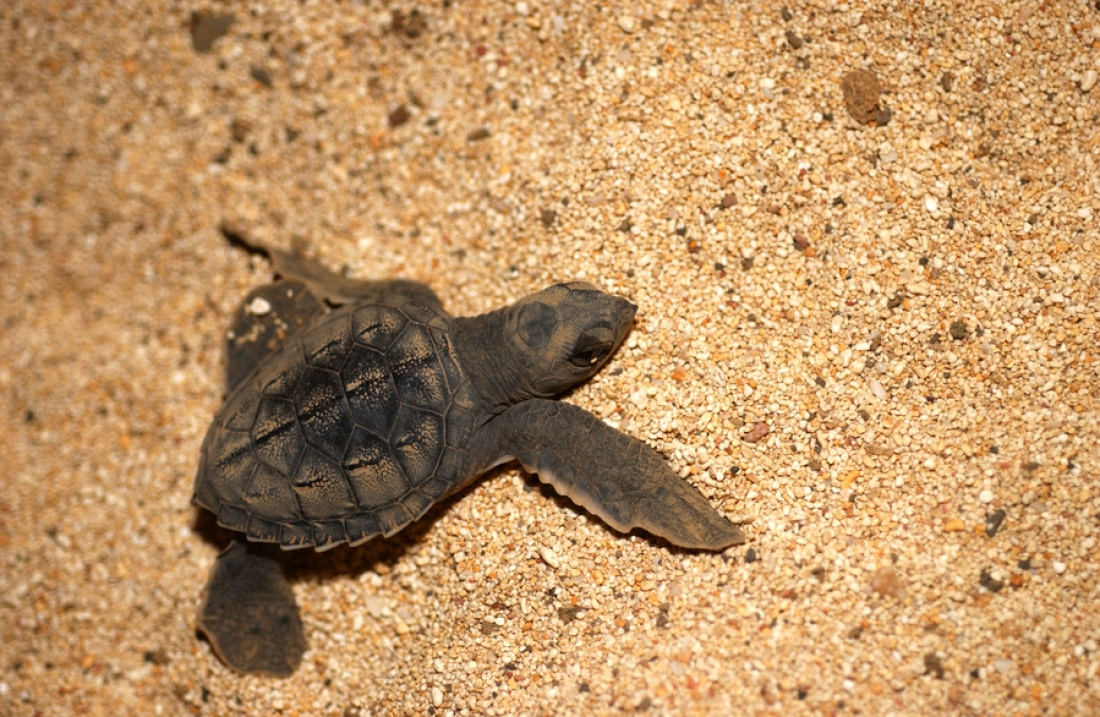
Taking an Ascension Island "green sea turtle trip"
Visiting Ascension Island is more than just a holiday.
Few other places on the planet allow you to leave civilization behind so completely, seeing the natural world in its least-impacted state. And for wildlife enthusiasts, the green sea turtles are reason enough in themselves to make the trip.
Our Ascension Island visits take place during our Atlantic Odyssey cruises, which are special itineraries not available every year.
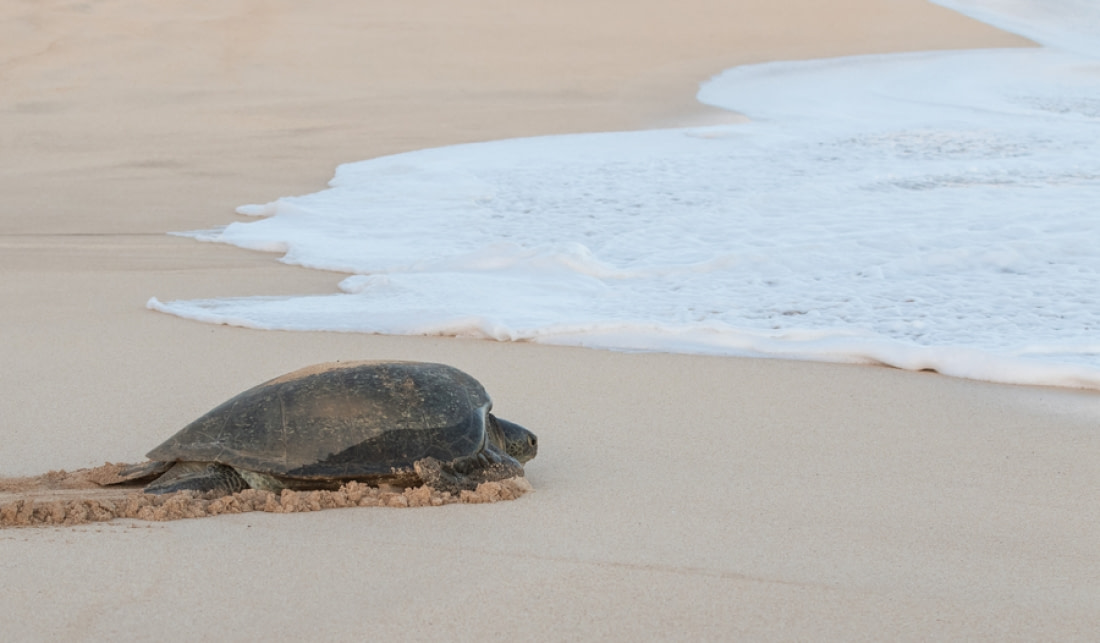
Blog



Shackleton’s Push to the South Pole
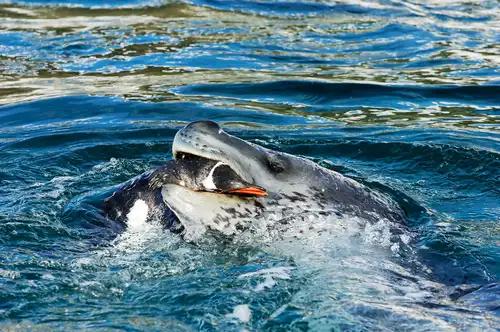
Danger Beneath the Water: 10 Facts About Leopard Seals
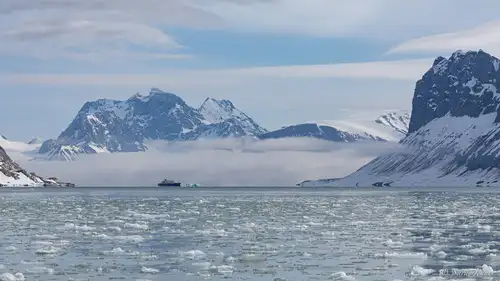
Svalbard vs. the Canadian Arctic
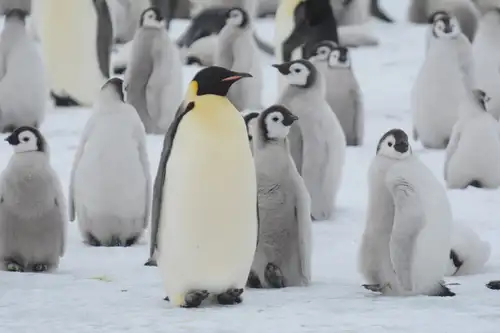
12 Tips to Help Keep Birds Safe During an Antarctic Cruise
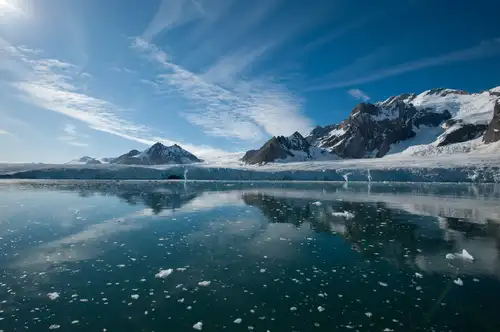
A Bug’s Life in Svalbard
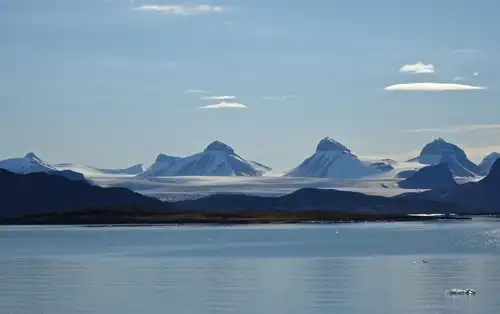
The Arctic Borderland of Kongsfjorden, Svalbard

Why a Polar Diving Cruise Should be Your Next Great Decision
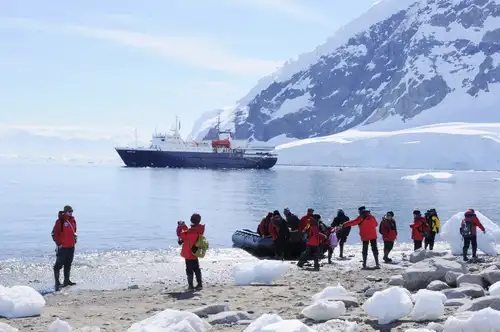
The Seven Best Things to Do in Antarctica

Traditional Lifestyles of the Inuit

The Eight Great Penguin Species of Antarctica
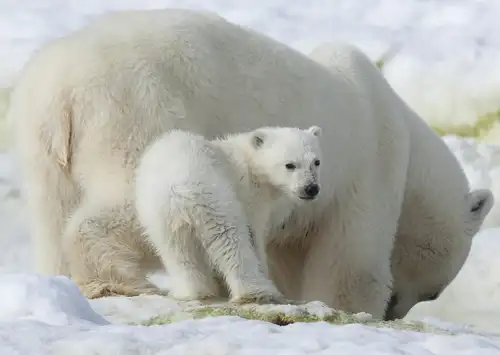
Arctic Icon: 10 Facts about the Polar Bear
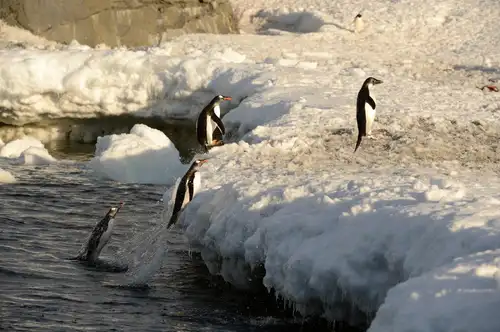
10 Terrific Antarctic Bird Facts

Everything you need to know about Antarctic icebergs

Peaks, Fjords, and Auroras: 14 East Greenland Attractions
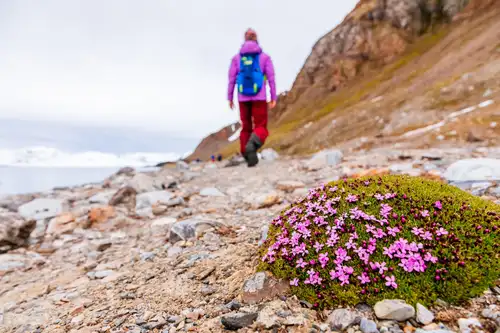
Seizing the Season: Spitsbergen’s Late Spring, Early Summer
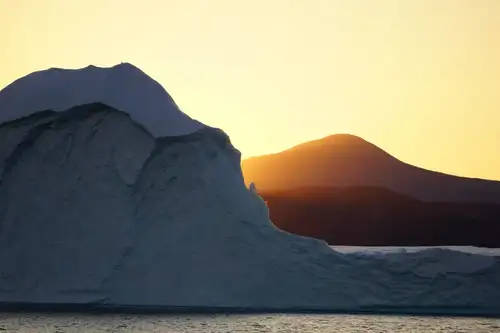
Light in the Land of the Midnight Sun
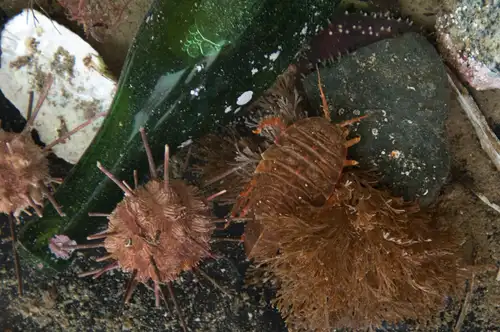
Deep Sea Dwellers: 10 Facts about The Antarctic Giant Isopod

The History of Antarctica in Maps
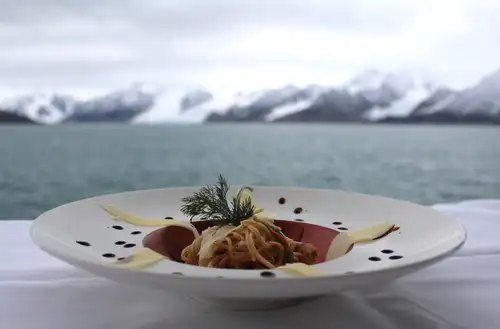
Polar Cuisine in Pictures
